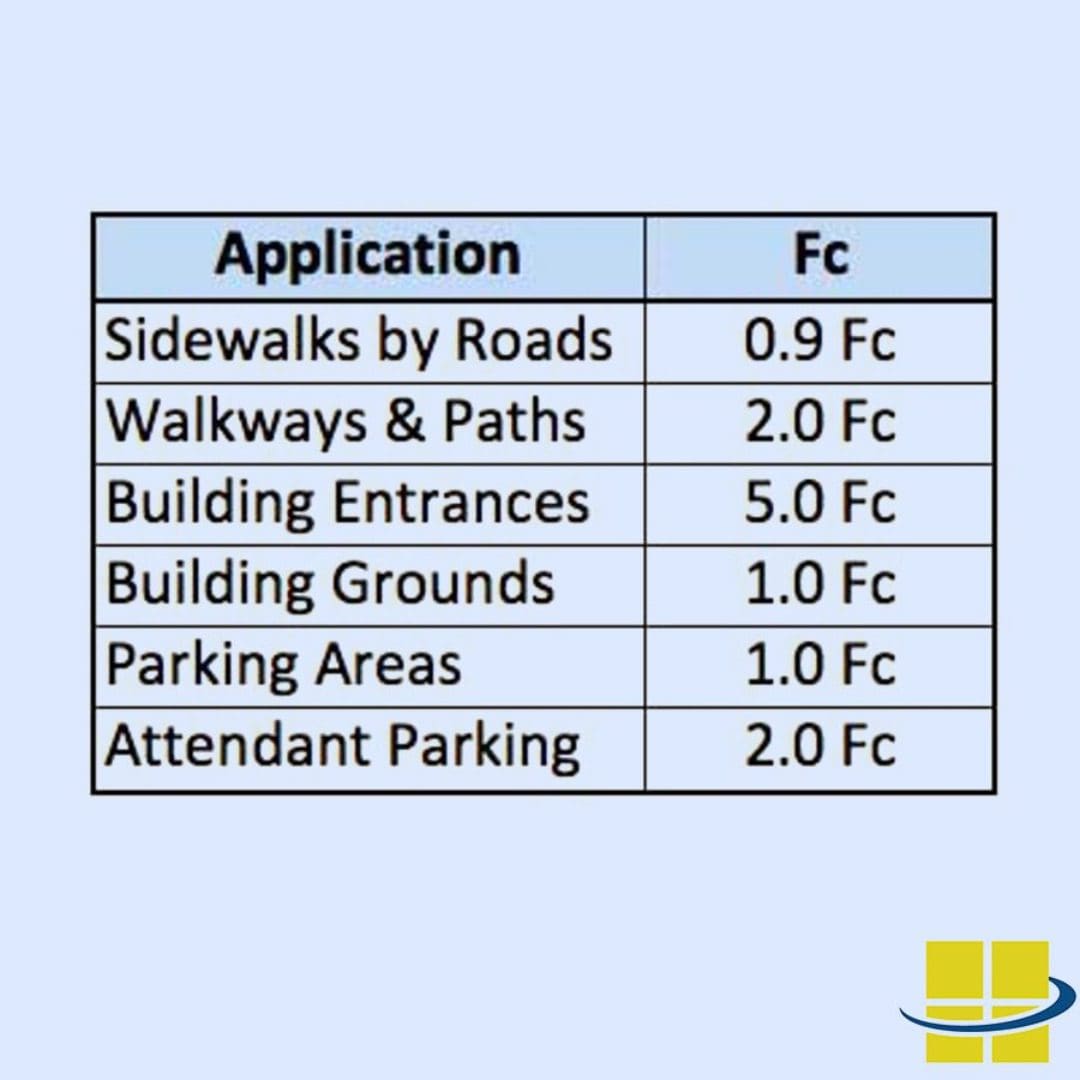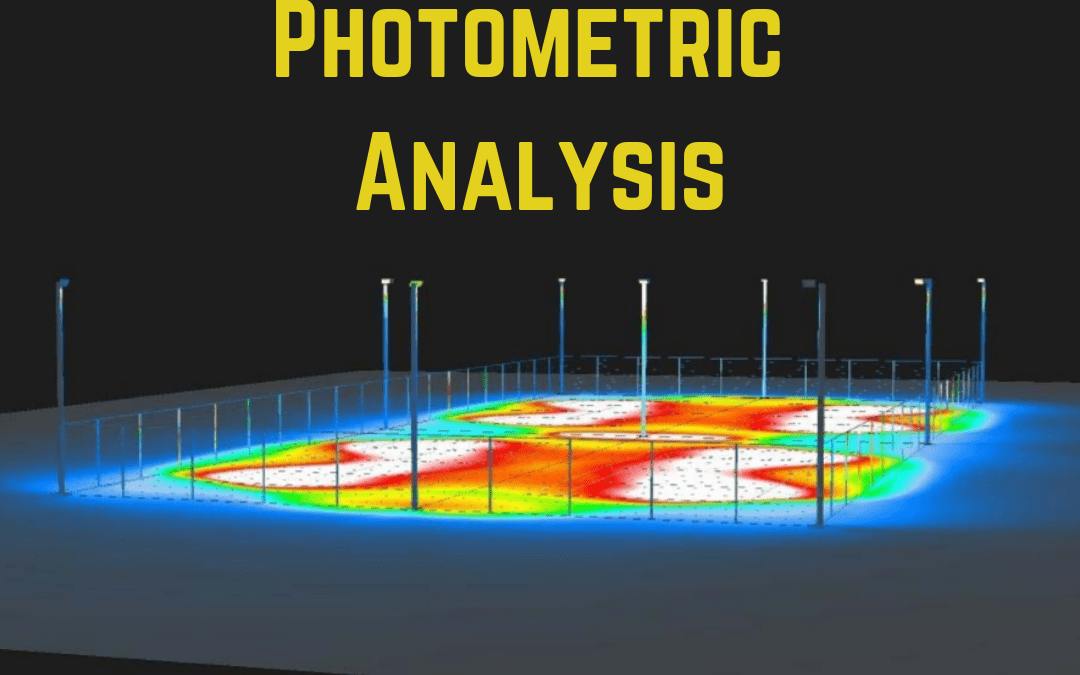Understanding the nuances of LED bollard spacing is crucial for achieving functional and aesthetic lighting goals in various settings. Bollard lights, commonly used in pathways, gardens, public spaces, and even for parking lot applications, must be strategically placed to provide sufficient lighting without causing glare or excessive shadows. Considering that vehicles are frequently around these applications, commercial-grade bollard lights are designed and manufactured as crash-rated bollards to ensure they can withstand vehicle impact. Bollard spacing decisions depend on variables such as what the illuminated area is used for, other light sources available, bollard light optics, the light source lumens of the bollard light, and, the customer’s preferences. This article delves into the variables influencing proper bollard light spacing and offers insights into creating the ideal lighting environment.
Key Takeaways
-
-
Optimal Illumination and Safety: LED bollard spacing is crucial for providing sufficient light and enhancing safety in areas frequented by vehicles. Factors influencing spacing include the use of the area, light output, and existing lighting conditions, ensuring no glare or dark spots.
-
Balancing Aesthetics and Functionality: The spacing of bollard lights balances aesthetic desires with functional needs. Depending on the setting, spacing varies to achieve both visual appeal and effective lighting, catering to different environmental and usage requirements.
-
Adhering to Preferences and Regulations: Decisions on bollard light spacing are shaped by client preferences and local codes. These considerations help ensure that lighting installations are compliant with regulations and align with the specific architectural and environmental context of each project.
-
LED Bollard Spacing Site Planning Requirements
How many footcandles (fc) of light are required for your application? IESNA recommends the light levels presented in the chart to the right.
These are simply guidelines; local code requirements take precedence and may be different.
Issues such as light trespass must also be considered during site planning. Most projects require 1 footcandle of light.
Other Light Sources
Are other light sources already providing some illumination?
If so, the existing light may be sufficient and LED bollards can be added for ambiance.
If the current lighting is insufficient, the recommended bollard light fixtures will add supplemental light, which is often the case if there are steps or stairs nearby.
Access Fixtures has LED bollards for both kinds of applications.
LED Bollard Light Optics
As previously noted, LED bollards are available with louvers, reflectors, or Type V glass. The light distribution is different for each.
If we compare performance using the same 15-watt LED array,
we’ll see that the specialized cone reflector LED bollards distribute over 1 fc of light in a seven-and-a-half-foot diameter,
the louvered bollard light distributes 1 fc of light over a four-and-a-half-foot diameter, and the Type V bollard light distributes
1 fc of light over a twelve-foot diameter.
If you’re trying to maintain 1 fc using the Type V glass bollards, you would want to keep the bollards under 24’ apart.
Placing them farther apart may lead to dark spots with less than 1 fc of light.
LED Wattage
Can using higher-wattage LEDs reduce the required number of bollards? The short answer: Sometimes.
This will not work with optics like louvers. It will work, however, with some LED arrays when combined with Type V optics.
Still, there are additional factors to consider.
If the illuminated area has vehicles coming through, you will need to ensure the light from the bollard lights will not blind drivers.
Also, using a higher wattage can increase the max/min variance of the area, which could create a potential safety hazard.
The area must be evenly lit—preferably without blinding light.
Client Preferences
What are the challenges of your facility? Are there code restrictions; power limitations; or area, architectural, environmental, or other considerations?
Do you or your client have a bollard light style preference?
One architect insisted on louvers for his design, even though it required more LED bollards; others wanted bollard lights that distribute very bright light.
What kind of light do you want? Speak with an Access Fixtures lighting specialist about your requirements and explore possible solutions.
Frequently used spacing distance for bollards in some common applications:
- Hospitals, offices, and residential walkways use tighter spacing—10′ to 15′
- Urban parks use medium spacing—15′ to 25′
- Sprawls and paths that define leisure areas with low foot traffic use wide spacing—30’+
It is important to note that these are just suggestions.
Many individuals seeking LED bollards choose to space based on aesthetic preference rather than a specific amount of footcandles.
Please be advised that LED bollards spaced ultimately comes down to personal choice.
Conclusion
The spacing of LED bollards is a blend of science and art, requiring thoughtful consideration of technical specifications and aesthetic desires. By understanding the interplay of light requirements, optics, existing light conditions, and client preferences, designers can effectively tailor bollard light installations to meet functional needs and visual appeal. Remember, while guidelines provide a foundation, the final spacing often comes down to personal choice, shaped by the unique characteristics of each project.
Frequently Asked Questions About Spacing Bollards
What factors influence the spacing of bollard lights? Several factors affect bollard spacing, including the required footcandles for adequate illumination, the presence of other light sources, the type of bollard light optics used, local lighting codes, and specific client or architectural preferences.
How do I determine how many footcandles are needed for my project? The number of footcandles required depends on the specific use of the area being illuminated. General guidelines are provided by the Illuminating Engineering Society of North America (IESNA), but local codes may have different requirements. Consulting with a lighting specialist is often beneficial.
Can existing light sources impact how I space my LED bollards? Yes, other light sources that already provide illumination can influence the placement and number of bollards needed. If existing lighting is sufficient, additional bollards may be used primarily for enhancing ambiance rather than increasing visibility.
What are the differences in light distribution between different bollard lights?
- Louvered LED Bollards: Focus light downward, ideal for minimizing glare and light trespass.
- Reflector LED Bollards: Use cone reflectors to spread light over a wider area.
- Type V Glass LED Bollards: Offer the broadest light distribution, suitable for lighting large areas evenly.
How does LED wattage affect bollard light spacing distance? Higher-wattage LEDs can illuminate larger areas, potentially reducing the number of bollard lights required. However, this depends on the type of optics used and should be balanced with considerations for safety and visual comfort.
What should I consider regarding safety when spacing bollards? Safety considerations include ensuring that the lighting does not create glare that could blind pedestrians or drivers and that the area remains evenly lit to avoid potential hazards, especially in areas with vehicle traffic.
How can I ensure compliance with local lighting codes when installing bollard lights? Always check local regulations and codes regarding outdoor lighting. These may dictate the minimum or maximum lighting levels, impact on neighboring properties, and environmental considerations. Compliance is essential for both legal and functional aspects of your lighting project.
Are there standard spacing recommendations for different settings like parks or walkways? Yes, there are typical spacing recommendations:
- Tighter Spacing (10-15 feet): Used in hospitals, offices, and residential walkways for continuous light coverage.
- Medium Spacing (15-25 feet): Suitable for urban parks where a balance between light coverage and natural aesthetics is needed.
- Wide Spacing (30+ feet): Ideal for leisure paths or sprawls with low foot traffic, focusing on ambiance rather than intensive illumination.
Can personal preference override technical recommendations for bollard light spacing distance? Yes, aesthetic preference and design intent often play significant roles in deciding bollard light spacing. While technical guidelines provide a baseline for safety and functionality, the final installation can be tailored to meet specific visual or thematic goals.




